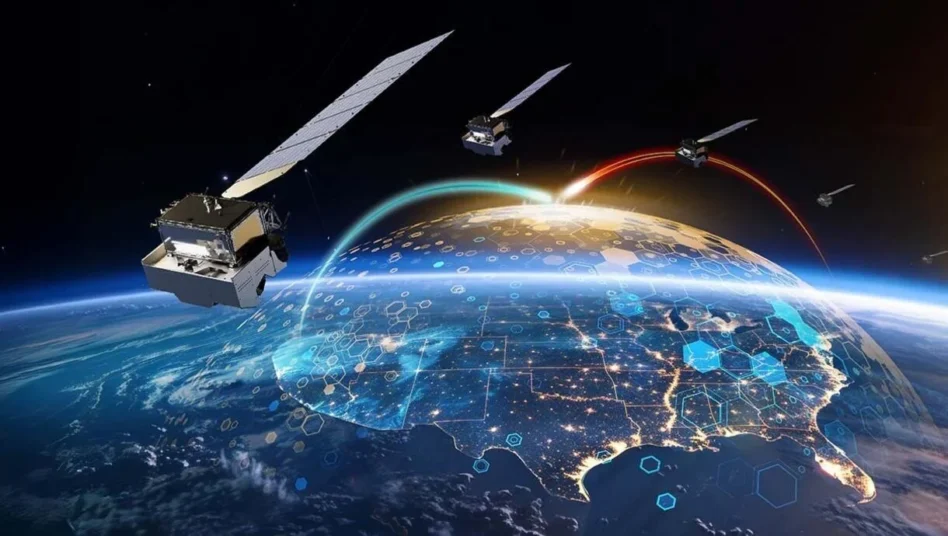
Golden Dome defense has officially entered the spotlight as former President Donald Trump unveiled his ambitious missile defense program on May 20, setting the stage for what could be a historic leap in American national security efforts.
Speaking from the Oval Office, Trump announced that the Golden Dome defense project had received initial funding and that the concept selection was now complete—four months after signing an executive order for a 60-day architectural study. While key technical details remain under wraps, Trump promised that the system will be fully operational by the end of his term in 2029.
“We’ll have it done in three years,” Trump told reporters confidently. “The Golden Dome will be capable of intercepting missiles—even if they’re launched from space.”
A Bold Vision Backed by Big Budgets
Trump tapped General Michael A. Guetlein, Vice Chief of Space Operations at the U.S. Space Force, to head the project. The Golden Dome defense system is expected to cost over $175 billion—funded in part by $25 billion redirected from Trump’s proposed tax and spending cuts.
Designed to intercept threats at all stages—before launch, during flight, and upon descent—the system will likely integrate space-based radar, orbital interceptors, and possibly advanced directed-energy weapons. Defense Secretary Pete Hegseth confirmed that the system will be equipped to counter ballistic, hypersonic, and cruise missiles, as well as drones.
Canada Signals Interest Despite Ongoing Frictions
In a twist that surprised many observers, Trump revealed that Canada has expressed interest in joining the Golden Dome defense network. “Canada called us. They want to be part of it,” he said, adding, “As always, we’ll help Canada the best we can—but they’ll have to pay their fair share.”
Canadian Prime Minister Mark Carney’s office later confirmed ongoing discussions with U.S. counterparts about enhancing security and economic cooperation, including integration with NORAD and the Golden Dome defense system.
Although NORAD already serves as a joint U.S.-Canadian aerospace warning system, Canada has historically opted out of U.S. ballistic missile defense programs. The renewed interest marks a shift in priorities amid rising geopolitical tensions and military modernization.
Diplomatic Tensions Simmer Beneath the Surface
Canada’s potential inclusion in the Golden Dome defense initiative comes despite strained U.S.-Canada relations. Past remarks by Trump referring to Canada as America’s “51st state” and recent tariff disputes have created friction. A 25% tariff imposed by Trump on Canadian goods—citing border and security concerns—prompted a tit-for-tat response from Canada.
Even Canada’s multi-billion dollar F-35 fighter jet deal with the U.S. is reportedly under review, further highlighting the mistrust between the two nations.
Yet, the tone from both sides has recently shifted. A meeting between PM Carney and U.S. Vice President JD Vance in Rome resulted in renewed discussions on building a stronger economic and defense partnership.
“Strengthening our defense cooperation and securing our shared border is in both our interests,” Carney posted on X following the meeting.
Looking Ahead
Whether Canada will formally join the Golden Dome defense initiative remains to be seen. But one thing is clear—the program represents a dramatic escalation in the U.S.’s approach to missile defense, with ripple effects likely to be felt well beyond North America.
As global threats evolve, so too does the urgency of multinational collaboration. And with the Golden Dome defense system at its center, the U.S. is betting big on high-tech deterrence to protect its homeland—and possibly its allies.


